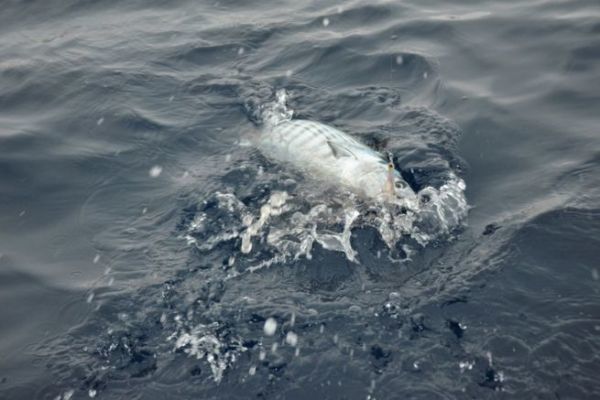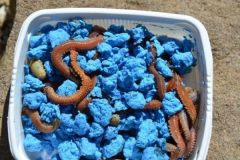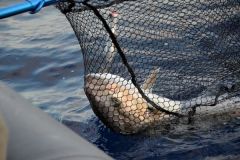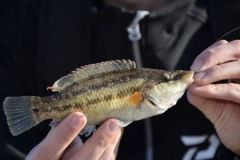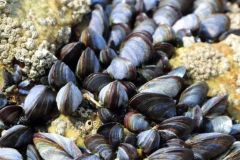Fishing conditions
In the spring, the pelagic fish come closer to the shore and start to feed actively. The first hunts are settling in nicely despite the cold water. A at this time, water temperatures are generally between 13 and 16 degrees.
The sea is rarely very calm, thermal winds coming from the land rise every morning with the sunrise. During the day, it is not uncommon that about fifteen knots of wind are permanently present, which can make fishing difficult. The hunts are, in fact, harder to spot when the sea is rough. However, this allows the most motivated fishermen to often find themselves alone on the water with large-scale hunts.
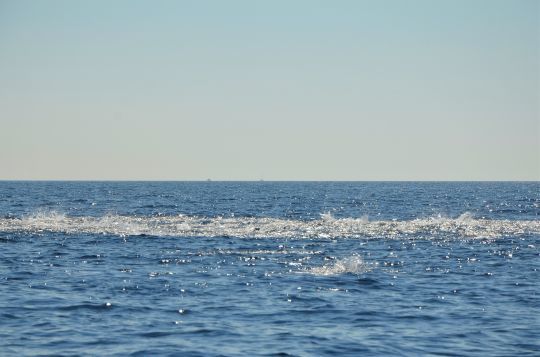
Forage fish
It is the beginning of the season and the forage fish population is extremely important. They are the fishes resulting from the reproduction of the previous year and they are at the same time very small and very numerous. The average size varies between 3 and 5 cm depending on the species. When pelagic fish feed on such small preys, present in very large quantities, it can be difficult to succeed in luring them.
Hunts are often widely scattered, as there are not enough predators to effectively aggregate a ball of forage. Hunts are usually very large, covering hundreds of square meters. The predators move quickly, because the school of forage fish bursts quickly and to follow the hunts is thus not obvious, especially when the wind blows strong.
Lures and animations to use to fish for pelagic at the beginning of the season
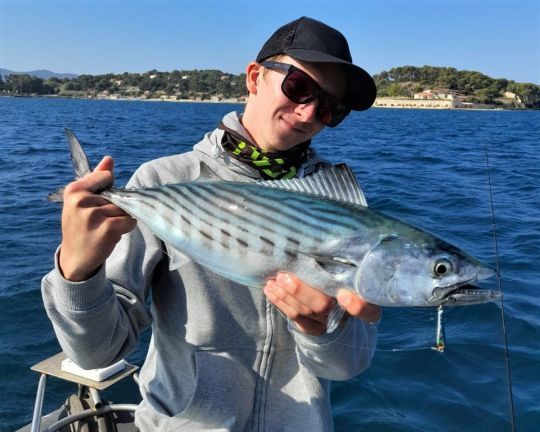
To succeed in luring a pelagic that sees thousands of prey in its field of vision, it is important to choose the right lure. Forget about jigs of 20 grams or more, casting far away will be the least of your worries. If you are lucky enough to have tungsten jigs, you can use them up to 15 grams. On the other hand, if you use lead jigs, the 5 and 7 gram weights will be your best weapons.
At this time of year, predators are picky and prefer wounded or slow prey, which are easier to capture. A very slow, linear animation will be much more effective than a fast, jerky animation. When a hunt is over, keep casting in the area, as many fish stay in the area to retrieve prey isolated from the school.
This is called "fishing in the blue," which means fishing the water without seeing any surface activity. If the hunts are very fast and the fish disappear, feel free to let it sink for a few seconds in the area and then slowly bring it back. Many marauding fish will be easily caught if your jig passes them by.
